But what happens when your dog sees a cat, or a half-eaten sandwich on the ground, or another dog he or she wants to greet?
The tugging, pulling and straining on the lead can cause all sorts of problems. We often see repetitive strains to the muscles, tendons and ligaments of shoulders and a lot of these are brought on by dog walking. A sudden jerk on the lead from even a small dog can give you terrible elbow pain. A dog suddenly pulling in the opposite direction can put you in a weird twist that messes up your back.
And that’s without mentioning the knee injuries caused by dogs accidentally crashing into the back of your legs while racing around at playtime or the black eye caused by over enthusiastic mis-timed jumping!
You see, dog walking is not as innocent as it looks!
So, what can you do to stop these injuries? Well, I’m not a dog psychologist, but I’d suggest that good, consistent training is an essential starting point. Dogs are bright animals and all of them are able to learn clever tricks.
So, if your dog is behaving in a way that causes you pain, get help, – spend time and effort reinforcing steadiness or possibly enlist the help of a professional dog trainer and try to fix the cause. In the meantime an Osteopath may be able to help fix the injuries caused by our best friends doing what they do best!
Hannah the Osteopath and Murphy the Golden Retriever
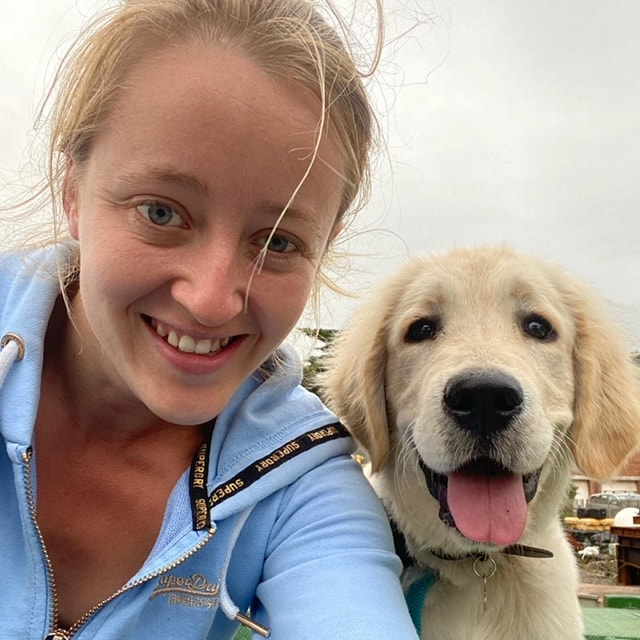
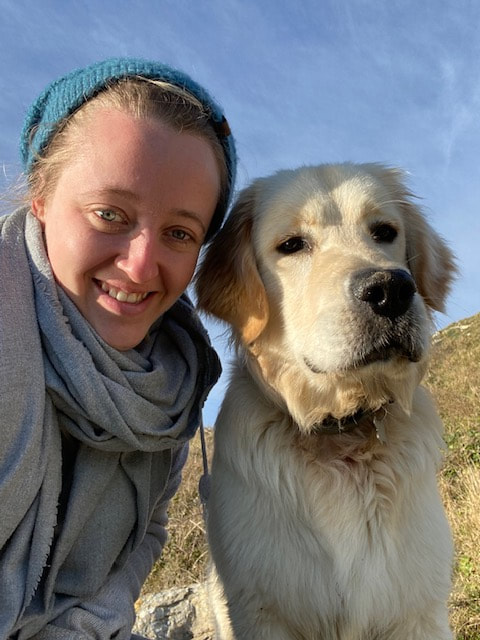
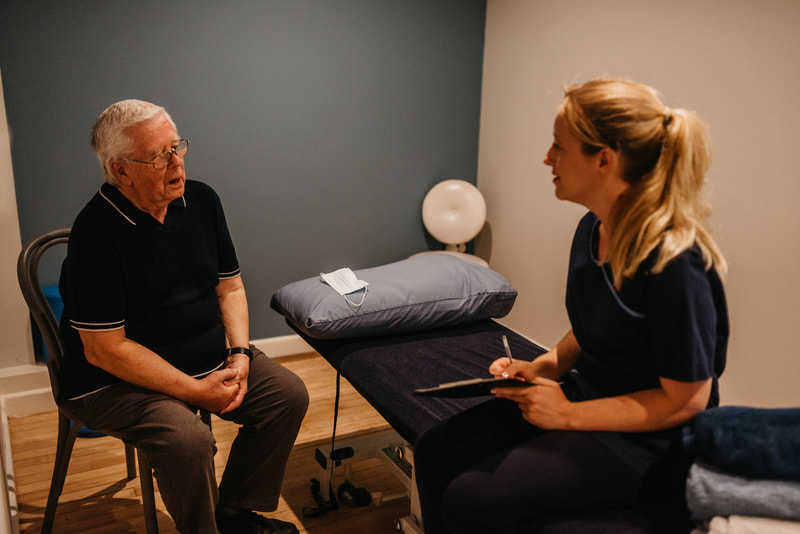
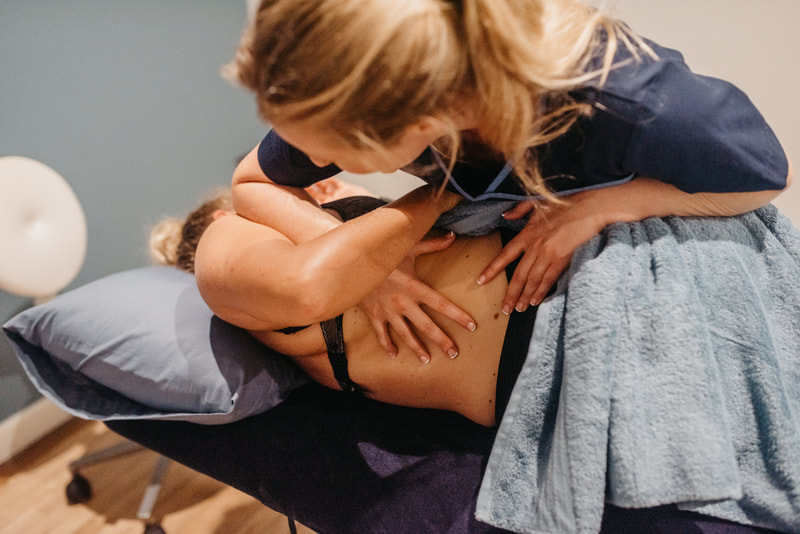
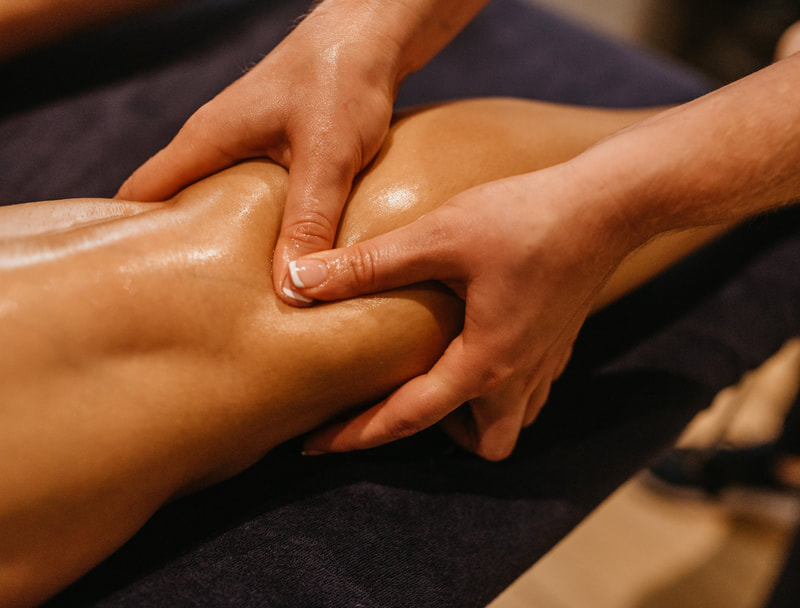
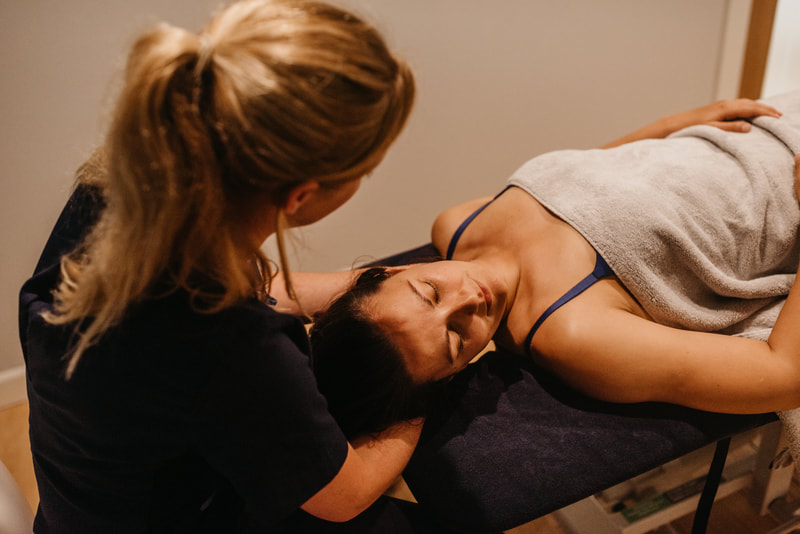
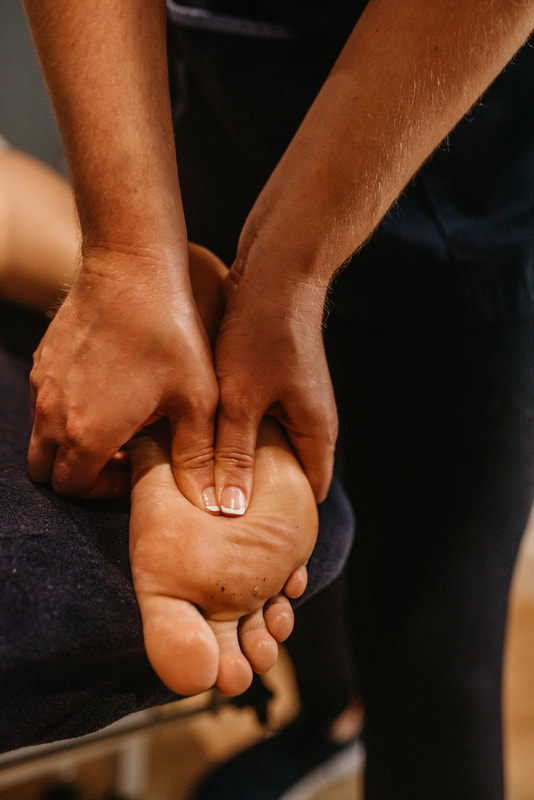
 RSS Feed
RSS Feed